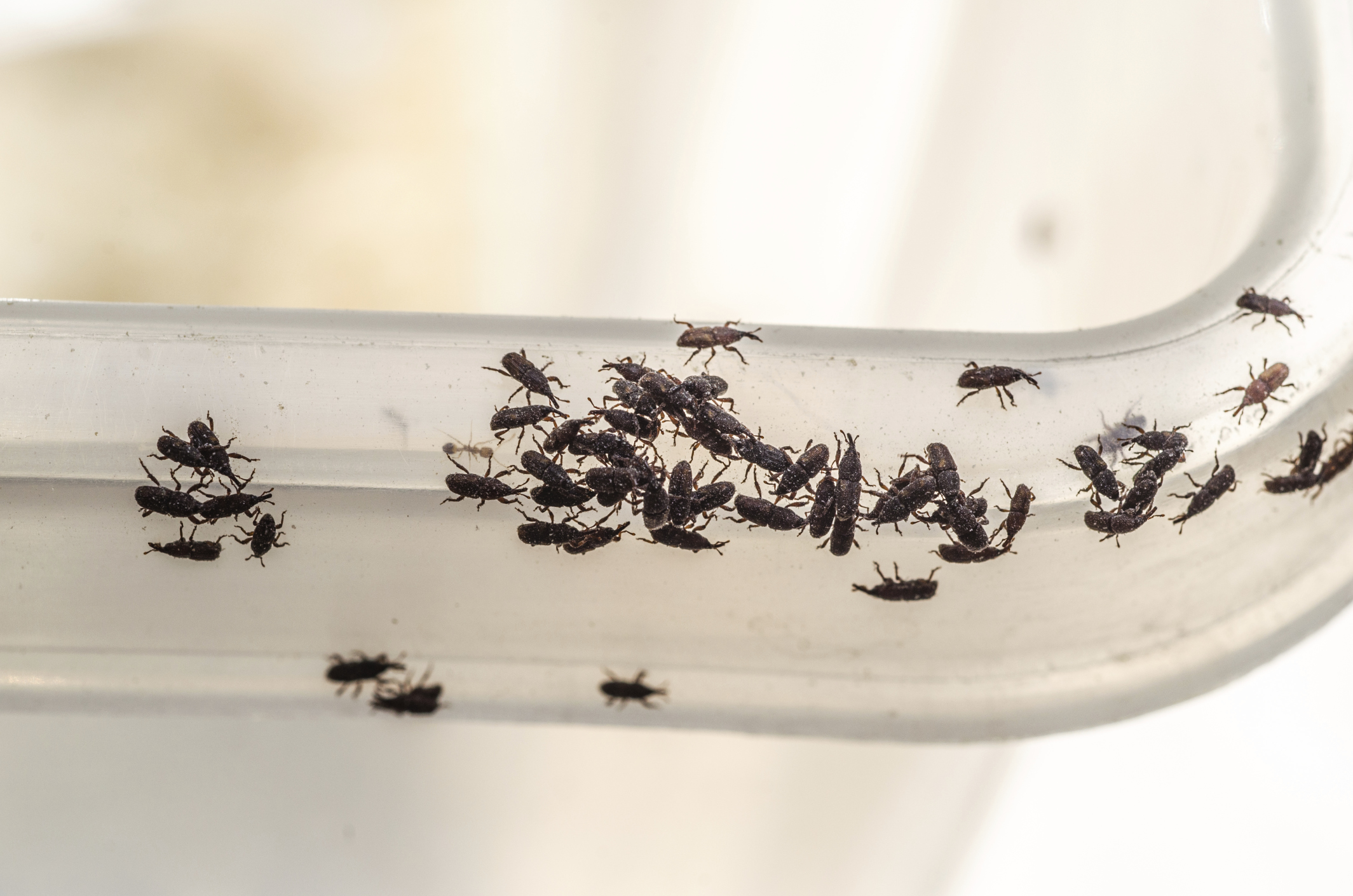Preventing Future Infestations: Little Brown Bugs In Kitchen Cabinets

Preventing future infestations of little brown bugs in your kitchen cabinets requires a multi-pronged approach focusing on diligent food storage, thorough cleaning, and consistent home maintenance. These steps, while seemingly simple, are crucial in creating an environment inhospitable to these pests. Neglecting even one aspect can invite a recurrence of the problem.
Proper food storage is the cornerstone of preventing kitchen pest infestations. Little brown bugs, often pantry moths or weevils, are attracted to food sources. Leaving food uncovered or improperly sealed provides easy access and encourages infestation.
Food Storage Practices, Little brown bugs in kitchen cabinets
Effective food storage involves using airtight containers to keep out pests. Glass jars with tight-fitting lids are excellent for storing dry goods like flour, sugar, and grains. These are relatively inexpensive, easy to clean, and visually appealing. For smaller items or those requiring less bulk storage, consider using sturdy plastic containers with secure latches. Metal containers are also a durable option, though they can be heavier and may rust over time if not properly maintained. Always inspect food packages before storing them; discard any damaged or infested items immediately. Storing food in its original packaging, even if sealed, is not recommended as pests can often find ways to penetrate these less-robust barriers. Regularly rotating your stock (FIFO – First In, First Out) helps to ensure that older items are used before they become potential breeding grounds.
Cleaning and Sanitation
Regular and thorough cleaning is vital in preventing pest infestations. Crumbs and spills, often overlooked, provide a food source for insects. Sweep and vacuum cabinets frequently, paying close attention to corners and crevices where bugs may hide. Wipe down shelves and surfaces with a solution of warm water and mild detergent, ensuring that all areas are thoroughly cleaned. Consider using a natural cleaning agent such as vinegar or baking soda for a pest-deterrent effect. Pay particular attention to areas under and behind appliances. These often-neglected spaces can accumulate food debris and provide ideal hiding places for insects.
Home Maintenance
Maintaining a clean and well-sealed home environment further reduces the likelihood of pest infestations. Regularly inspect your home for cracks or gaps in walls, floors, and windows through which insects might enter. Seal these openings with caulk or other appropriate materials. Ensure proper ventilation in your kitchen to discourage moisture buildup, a condition that can attract insects. This also reduces the chances of mold growth, which can further complicate the problem. Consider using natural pest deterrents such as bay leaves or cedar chips in your cabinets. These have a scent that is generally unpleasant to many insects, and may help discourage them from entering. Regularly inspect incoming groceries before bringing them into your kitchen. Check for any signs of infestation, such as webbing or insect activity.
